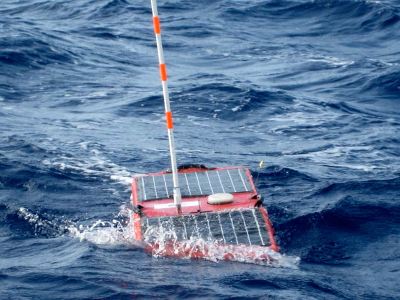Liquid Robotics has announced that the Pacific Crossing Challenge (PacX) is now open to all the scientists across the world. As part of the PacX challenge, four wave gliders will be launched during the fall of 2011 from the North California coast.
 wave glider
wave glider
These gliders will embark on a voyage across the ocean and the glider that travels the farthest distance ever by any unmanned marine vehicle will be considered as the winner. These gliders will then proceed to Hawaii, from this point they will be embarking on journeys in different directions across the Pacific Ocean. Two of them will arrive at Australia and the other two at Japan. During their journeys, the gliders will be traversing through regions that were never visited before and continuously communicate important data about the water temperature, salinity, weather, dissolved oxygen content waves and fluroscence.
The Chief of the innovative application wing at Liquid Robotics announced that they were inviting participation from scientists around the world to take on the challenging journey across the Pacific. He added that by travelling along with the gliders the scientists will gain tremendous scientific knowledge of the ocean. The interested candidates were required to submit a single page abstract of their research work highlighting their intentions in taking up the challenge. The entries will then be scrutinised by an eminent panel of scientists from US and other parts of the world and one winner will be chosen out of them. The winner will be provided with six months of data services from the Wave Glider and also work with Liquid Robotics to plan their journey. The list of sensors that will be supplied on the PacX Wave Gliders are Seabird GPCTD dissolved oxygen sensor, Datawell MOSE-G directional wave sensor, Turner Designs C3 Submersible Fluorometer and Airmar PB200 Weather Station. The data that the glider will be collecting during its journey will be used by the Scripps Institution of Oceanography, Monterey Naval Post Graduate School and Woods Hole Oceanographic Institution.
Source: http://www.liquidr.com/